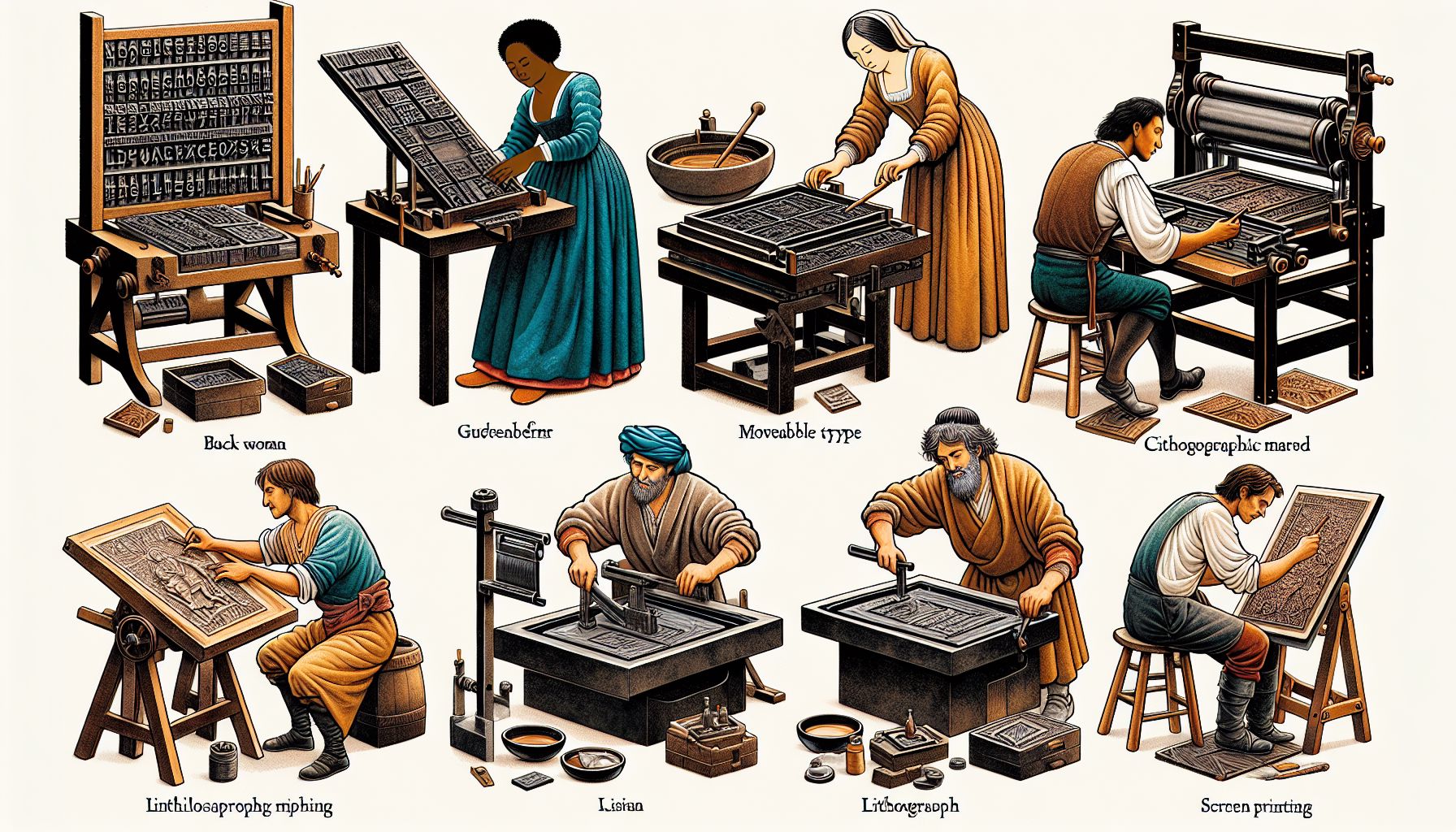Exploring Different Printing Techniques
When it comes to creating print materials, there are a wide variety of printing techniques available to choose from. Each technique has its own unique characteristics and benefits, making it important to understand which one is best suited for your specific project. In this blog post, we will explore some of the most common printing techniques used today, including offset printing, digital printing, screen printing, and more.
Offset Printing
Offset printing is one of the most popular printing techniques used in the industry today. This method involves transferring ink from a plate to a rubber blanket, which then transfers the ink onto the printing surface. The advantage of offset printing is its ability to produce high-quality, consistent results for large print runs. It is often used for materials such as magazines, brochures, and posters.
Digital Printing
Digital printing has become increasingly popular in recent years due to its speed and cost-effectiveness. This method involves transferring digital files directly onto the printing surface, eliminating the need for plates. Digital printing is ideal for small to medium print runs, as it allows for quick turnaround times and customization options. It is commonly used for items such as business cards, flyers, and invitations.
Screen Printing
Screen printing is a versatile printing technique that can be used on a wide range of materials, including paper, fabric, and plastics. This method involves using a stencil or screen to transfer ink onto the printing surface. Screen printing is known for its vibrant colors and durability, making it an ideal choice for items such as t-shirts, tote bags, and signage.
Flexography
Flexography is a printing technique commonly used for packaging materials and labels. This method involves transferring ink from a flexible plate onto the printing surface. Flexography is known for its fast production speeds and ability to print on a variety of substrates, making it ideal for items such as food packaging, product labels, and corrugated boxes.
Gravure Printing
Gravure printing is a high-quality printing technique that uses engraved cylinders to transfer ink onto the printing surface. This method is often used for items such as magazines, catalogs, and packaging. Gravure printing is known for its ability to produce sharp, detailed images and consistent color quality.
Letterpress Printing
Letterpress printing is a traditional printing technique that dates back to the 15th century. This method involves pressing inked raised plates onto the printing surface to create an impression. Letterpress printing is known for its tactile quality and vintage appeal, making it popular for items such as wedding invitations, business cards, and stationery.
In conclusion, the printing technique you choose for your project will depend on factors such as the printing surface, desired quality, quantity, and budget. By understanding the characteristics and benefits of each printing technique, you can make an informed decision that will help you achieve the best results for your print materials. Whether you opt for offset printing, digital printing, screen printing, or another method, each technique offers its own unique advantages that can enhance the overall impact of your printed materials.

